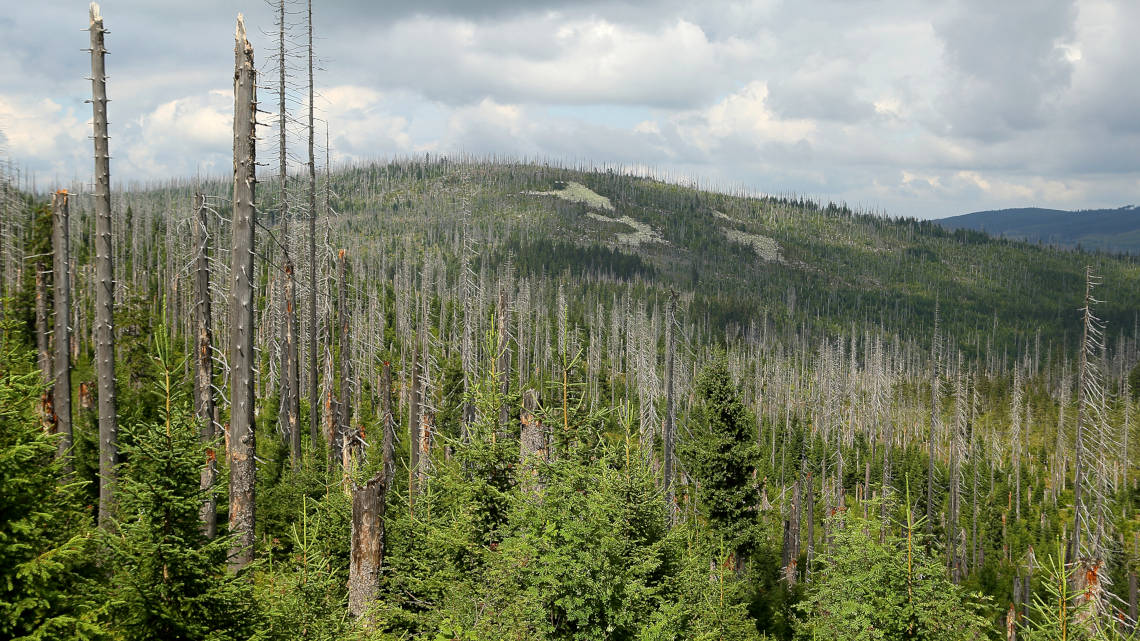Reforestation makes forests vulnerable
Germany plans large-scale reforestation to help ailing forests. According to Würzburg forest ecologists, this will have the opposite effect and make forests even less resilient.

After the Second World War, Germany was quickly reforested. As a result, the domestic forests today are poor in tree species diversity and accordingly susceptible to environmental influences: Bark beetles, heat, drought, storms and fires have all plagued Germany's forests, which are dominated by spruce and beech. Experts call this a new forest dieback. But the strategy of the Federal Ministry of Agriculture threatens to repeat the old mistakes, forest ecologists from the Julius Maximilian University of Würzburg (JMU) warn in the science journal "Science".
Removal of dead wood with several drawbacks
The plan of Agriculture Minister Julia Klöckner involves the extensive removal of dead wood from the forest and subsequent reforestation. The ministry estimates that this will cost around 500 million euros, including the associated maintenance work. "This policy is likely to create extensive, even forest stands that remain particularly vulnerable to the impacts of future climate change," criticizes Simon Thorn of JMU. The practice of "clearing up", which has been used for centuries, reduces biological diversity and leads to the extinction of many fungi and insects that need dead wood as a habitat. This contradicts not least the government coalition agreement in which the governing parties agreed to put a stop to the insect mortality.
Age and species diversity strengthen the forest
At the same time, a less diverse forest is less resistant to environmental influences - and droughts and storms in particular will increase in the future as a result of climate change. Thorn and his colleagues therefore recommend relying on natural processes. Where natural disturbances result in clearings, different native trees can grow back, which also have widely differing ages.
Consideration of ecology and economy
Rapid reforestation, on the other hand, would lead to trees of the same type and age, which experience has shown to be particularly susceptible to the consequences of climate change and to pests. The researchers recommend that "subsidies for forestry should better promote a diverse tree and age structure as well as the presence of canopy gaps". This strategy would benefit economically important tree species and preserve endangered insects at the same time.
bl/um


